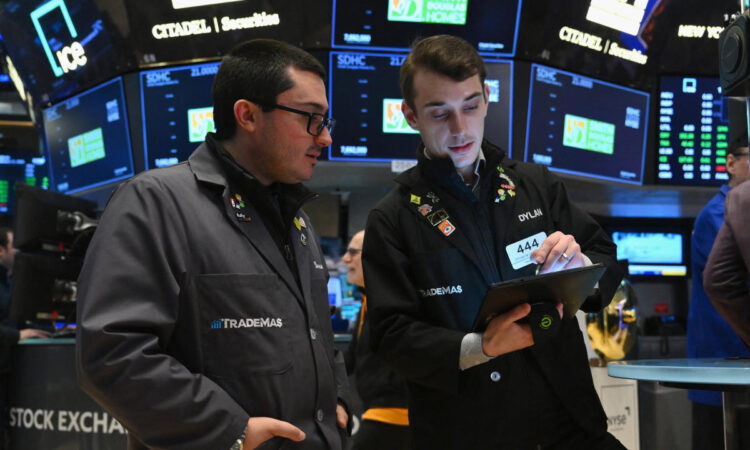
US stocks held broadly steady on Tuesday with AI chipmaker Nvidia (NVDA) eyeing a cautious comeback from a three-day skid as investors squared away their portfolios for the quarter’s end.
The tech-heavy Nasdaq Composite (^IXIC) moved up roughly 0.5%, while the benchmark S&P 500 (^GSPC) rose 0.2%. The Dow Jones Industrial Average (^DJI) remained the only major index in the red, slipping about 0.2% after surging over 200 points to start the week.
Stocks are looking brighter after the Nasdaq and S&P 500 took a bruising as Nvidia’s slide dented the tech rally that has powered gains this year. Investors are seen as taking profits scored in AI-linked names as a stellar quarter draws to a close, raising the question of whether recent losses have further to go.
Shares in the AI darling rose over 2% in early trading, coming off a fall of over 6% on Monday.
At the same time, the Dow looks to be finding its feet amid the shift from techs to value stocks, giving weight to the idea of a broadening in gains to other sectors.
Elsewhere, the wait is on for Friday’s update to the Personal Consumption Expenditures (PCE) index, a favored inflation input for the Federal Reserve. Governor Michelle Bowman on Tuesday stressed she’s willing to hike interest rates if holding them steady fails to bring price pressures under control.
On the economic data front, home prices set a new record high in April although annual growth slowed from the previous month, according to the S&P CoreLogic Case-Shiller report.
Meanwhile, a reading on consumer confidence, due later this morning, will also be closely monitored by investors watching for cracks in previous resilience.
Live4 updates




